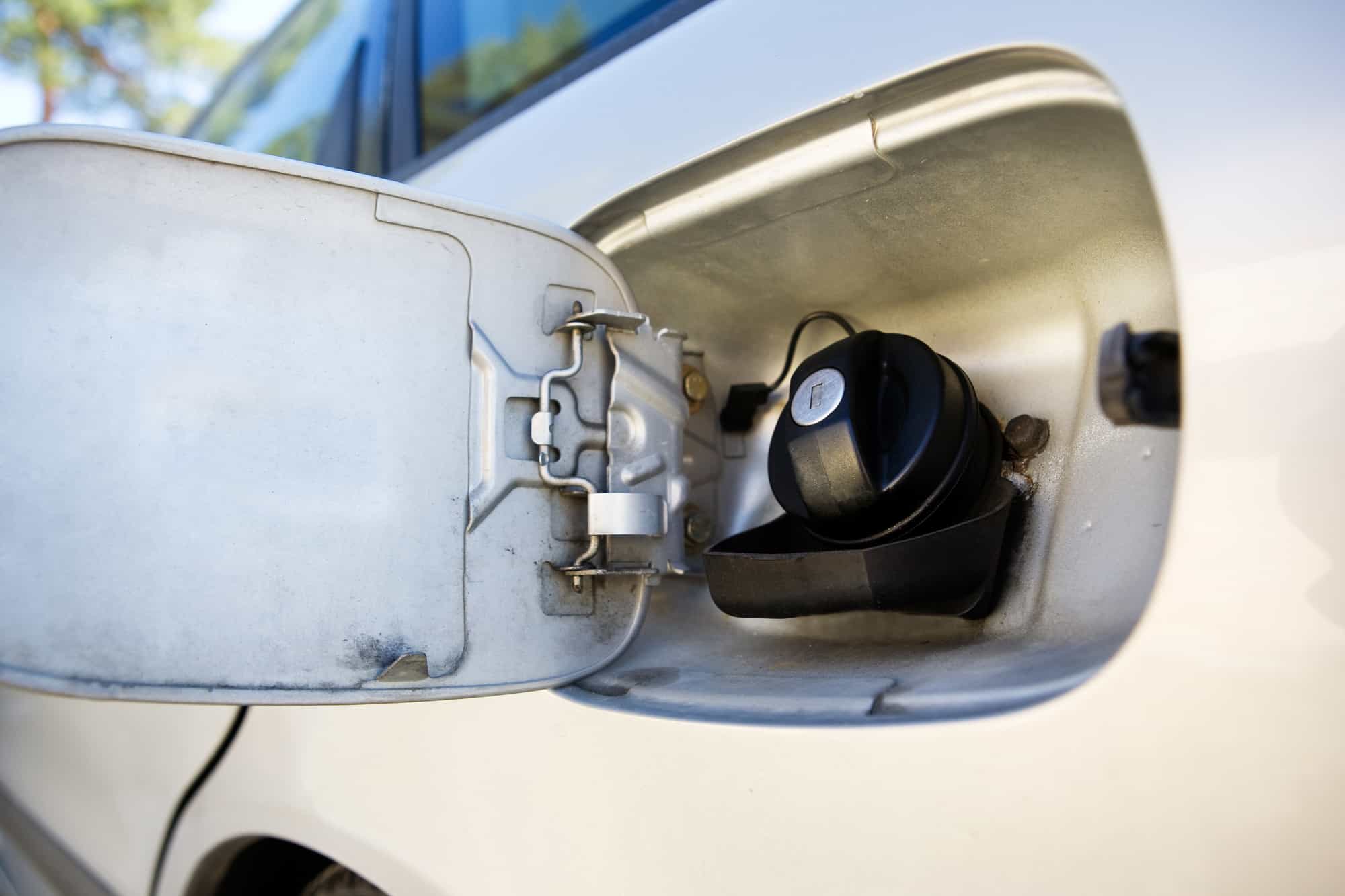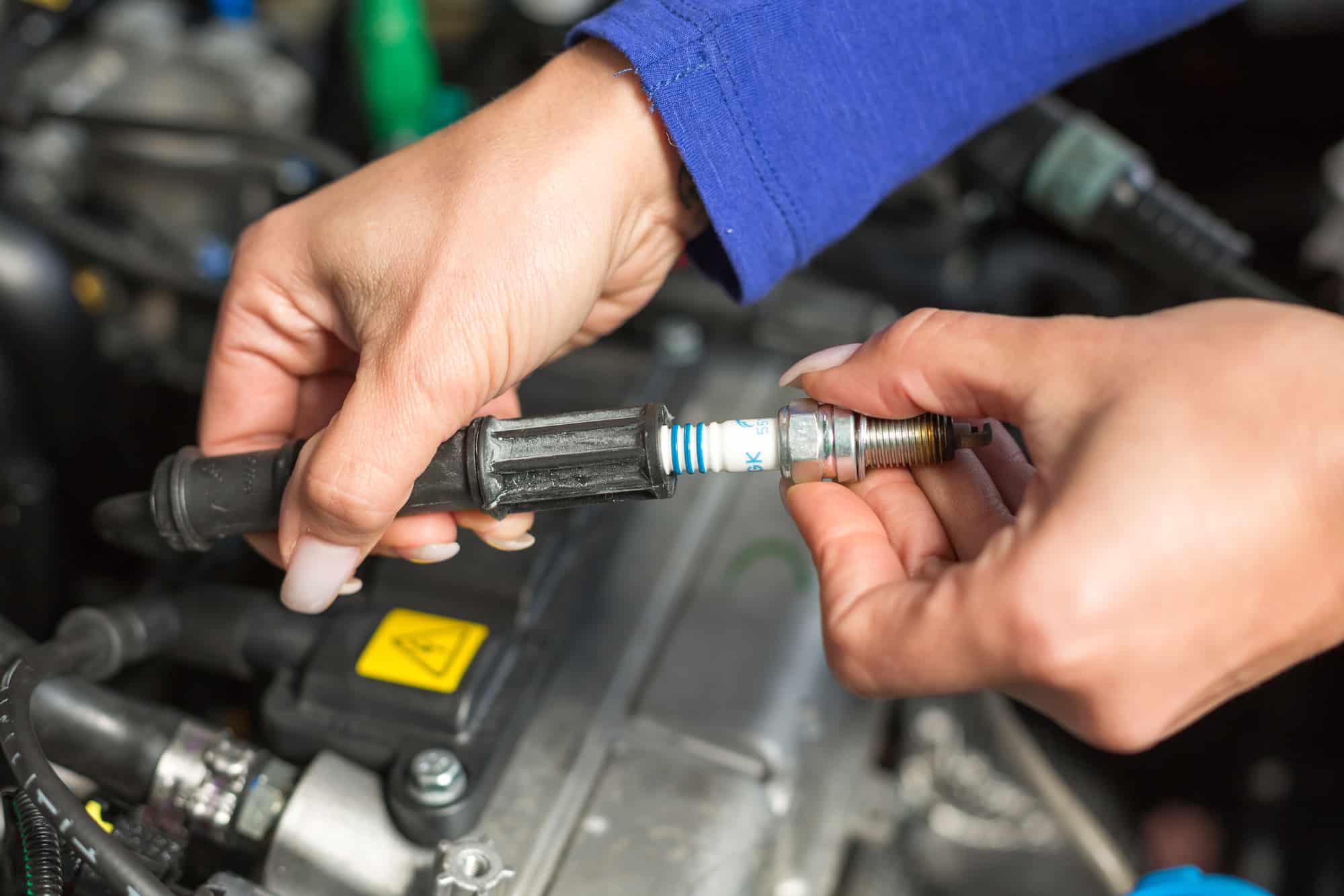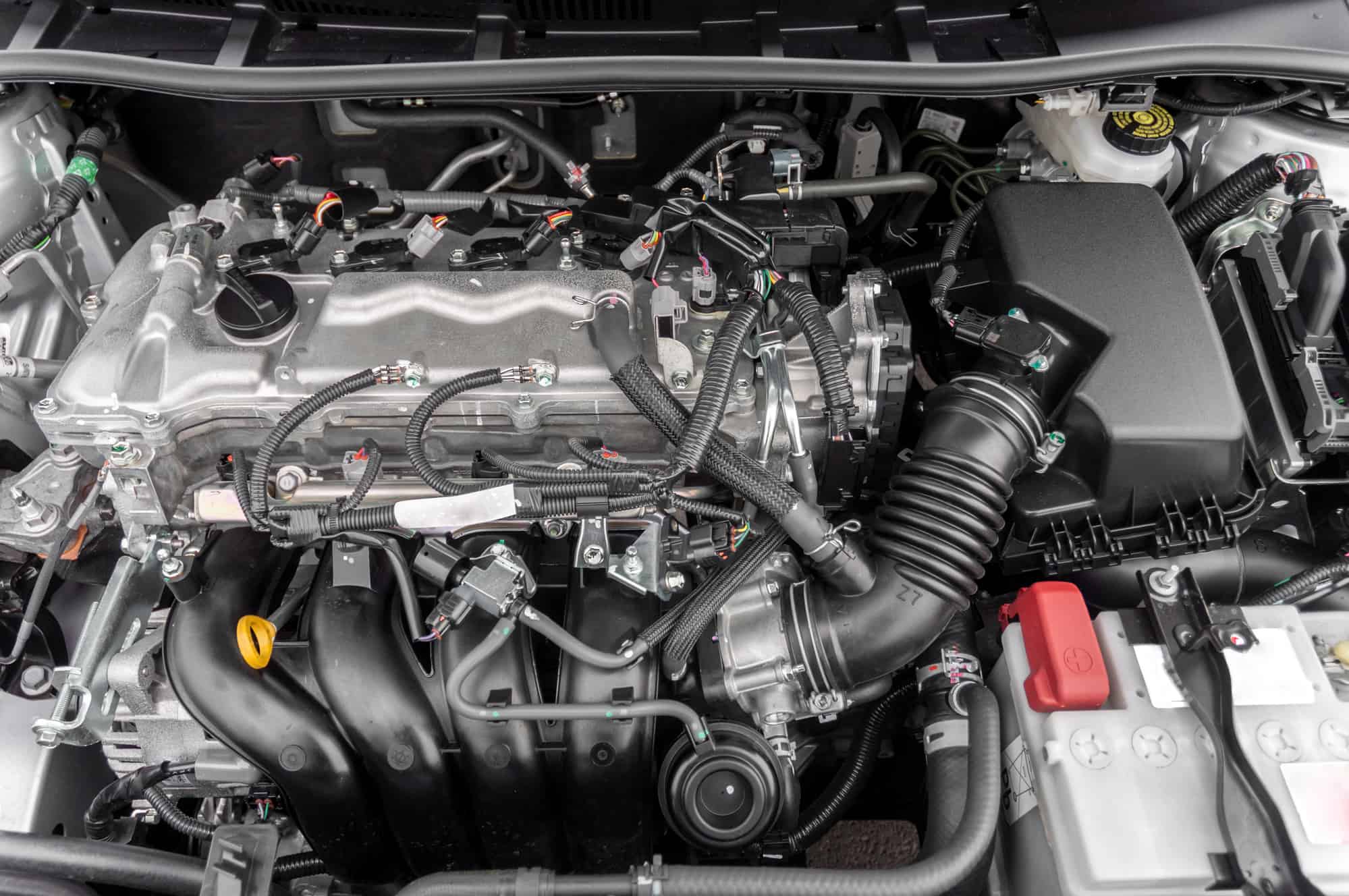When tackling C1004 Brake Fluid Pressure Sensor troubleshooting, you may encounter challenges that require precise handling. Understanding the intricacies of sensor identification and testing is key, but what comes next is equally vital for a successful resolution.
Key Points
- Check dashboard warning lights for initial indications of brake fluid pressure sensor issues.
- Consult service manual for specific troubleshooting instructions and sensor identification details.
- Ensure proper adaptation or basic setting after sensor replacement for continued functionality.
- Utilize user-shared information and forums for insights and tips on sensor troubleshooting.
- Understand sensor’s role in measuring brake fluid pressure and its impact on braking system performance.
Importance of Consulting Service Manual
To troubleshoot brake fluid pressure sensor issues effectively, consult the service manual for detailed instructions and specific guidance on identification, testing, and replacement procedures. The service manual is a valuable resource when dealing with brake pressure sensor problems.
It provides step-by-step directions on how to recognize issues with the sensor, including symptoms like brake fluid leaks or brake system warning lights. By following the service manual, you can accurately test the sensor to determine if it’s faulty. Also, the manual offers insights into the correct method for replacing the sensor, ensuring that the brake system functions at its best.
Properly understanding the service manual’s instructions is essential for maintaining brake safety and performance. Whether you’re a seasoned mechanic or a DIY enthusiast, relying on the service manual is vital to address brake fluid pressure sensor issues accurately and safely. By consulting the manual, you can navigate through the troubleshooting process efficiently and effectively.
DIY Enthusiasts Benefit From User-Shared Information
DIY enthusiasts benefit greatly from the wealth of user-shared information available when troubleshooting brake fluid pressure sensor issues. In a forum community dedicated to the topic, users exchange valuable insights, such as specific part numbers and service manual excerpts, aiding in accurately identifying and replacing the sensor.
Experienced users offer instructions and tips that enhance the DIY process, making it easier to address brake fluid pressure sensor problems effectively. By sharing their experiences and feedback on dealer services, DIY enthusiasts can navigate potential challenges and find solutions more efficiently.
Collaborative environments like LX Forums provide community support and affiliate links, fostering a culture of shared knowledge and resources related to brake fluid pressure sensor troubleshooting. Engaging with user-shared information not only empowers enthusiasts to tackle sensor issues themselves but also builds a supportive network where individuals can learn from each other’s experiences.
Guidance on Bleeding the Brakes
After replacing the brake fluid pressure sensor, ensuring proper brake performance requires bleeding the brakes to remove air from the system systematically.
Bleeding the brakes is essential to maintain peak brake functionality by purging old fluid and air from the brake lines. To bleed the brakes effectively, follow manufacturer-recommended procedures to prevent spongy or ineffective brakes.
Start the bleeding process at the wheel farthest from the master cylinder and work your way in the direction of the closest wheel. This systematic approach ensures that all air is forced out of the brake lines, guaranteeing a firm brake pedal feel and responsive braking.
Remember that air in the brake system can compromise safety and lead to braking issues, so bleeding the brakes is a critical maintenance step after sensor replacement.
Necessity of Fluid Drainage From Master Cylinder
Draining the fluid from the master cylinder is crucial for the successful replacement of the brake fluid pressure sensor. When you undertake this task, it guarantees that the new sensor is installed in a clean environment, free from any contaminants that could affect its performance.
Neglecting to drain the master cylinder can lead to issues with the sensor and the overall braking system. Then, contaminated brake fluid may compromise the sensor readings, impacting your brake lights and the responsiveness of the brake pedal.
Importance of Bleeding Brakes for Proper Functionality
To maintain peak brake function, bleeding the brakes is essential after replacing the brake fluid pressure sensor. Bleeding brakes is important because it removes any air that may have entered the brake lines during the sensor replacement process. When there’s air in the brake lines, it can lead to spongy brakes or even brake failure, compromising your vehicle’s safety. Bleeding brakes involves purging this air from the hydraulic system, guaranteeing that your brakes work effectively.
Neglecting to bleed the brakes after sensor replacement can result in reduced braking efficiency, increasing the risk of accidents. Properly bleeding the brakes is a simple yet critical step in maintaining the functionality and safety of your braking system. By taking the time to bleed the brakes after sensor replacement, you can ensure that your brakes operate at their best, providing you with the stopping power you need when driving.
LX Forums as a Supportive Community
When dealing with issues related to your brake system, finding support within the LX Forums community can be incredibly valuable.
LX Forums, dedicated to LX platform owners like Dodge Charger and Challenger enthusiasts, isn’t just a forum; it’s a supportive community. With discussions covering performance, maintenance, and modifications for LX vehicles, you can find a wealth of information and assistance.
The forum’s use of XenForo software guarantees a user-friendly experience, making it easy to navigate and engage with fellow members. On top of that, LX Forums sustain themselves through affiliate commissions, showing their commitment to providing ongoing support to members.
Whether you’re troubleshooting a brake fluid pressure sensor or seeking tips on maintenance, the active user base on LX Forums is ready to help. Joining this community means tapping into a network of knowledgeable individuals who share a passion for LX vehicles and are willing to assist you along the way.
Sharing Experiences and Tips on Maintenance
For sharing experiences and maintenance tips, engage with fellow LX platform enthusiasts on LX Forums. The forum is a valuable resource for gathering insights on software, maintenance tips, and brake pressure sensors.
Members often share their experiences with sensor troubleshooting and offer helpful advice on resolving issues related to brake fluid gel blockages affecting sensor functionality. By actively participating in discussions on the forum, you can learn about best practices for sensor maintenance, such as the importance of avoiding opening the brake fluid circuit to prevent sensor malfunctions.
Also, forum members may provide guidance on disconnecting brake pressure sensor connectors, including tips on dealing with prying and limited access space challenges. Leveraging the collective knowledge of the LX community can enhance your understanding of brake pressure sensor maintenance and troubleshooting techniques, enabling you to effectively address sensor issues and maintain peak performance of your vehicle’s ABS system.
Sensor Replacement Instructions in Service Manual
In the service manual, you’ll find detailed instructions for replacing the brake fluid pressure sensor, including step-by-step guidance and helpful illustrations. These instructions are designed to assist you in the sensor replacement process, guaranteeing that you can complete the task accurately and efficiently.
The manual will walk you through the necessary steps for removing the old sensor and installing the new one in its place. By following the detailed instructions provided in the service manual, you can make certain that the sensor replacement is done correctly. The manual may also include diagrams or visual aids to further clarify the process, making it easier for you to understand each step involved.
Whether you’re a DIY enthusiast or a professional mechanic, the specific guidance on sensor replacement outlined in the service manual can be invaluable in ensuring the proper functioning of your brake fluid pressure sensor.
Is Brake Fluid Pressure Related to ESP Pressure Sensor Failure in Cars?
Yes, brake fluid pressure is related to ESP pressure sensor failure in cars. When the ESP pressure sensor fails, it can lead to issues with the brake system. If you’re experiencing problems, consider getting an ESP pressure sensor replacement to ensure your vehicle’s safety on the road.
Use of Part Numbers Like 5140 651AA
To correctly identify and order the brake fluid pressure sensor, look for part numbers like 5140 651AA. When dealing with sensor troubleshooting and DIY repairs, using the specific part number is essential for a successful replacement. Here are some key points to keep in mind:
- Part Number Identification: Always locate and reference part number 5140 651AA for the correct sensor.
- DIY Repairs: Knowing the part number is vital for DIY enthusiasts looking to replace the sensor themselves.
- Forum Software: When seeking help on forums, providing the part number can assist others in troubleshooting.
- Accuracy in Replacement: Using the accurate part number ensures compatibility and precision in sensor replacement procedures.
Advice on Brake Fluid Pressure Sensor Troubleshooting
When troubleshooting the brake fluid pressure sensor, start by checking for any warning lights on the dashboard. These lights can indicate potential issues with the sensor.
If warning lights are present, use forum software or seek advice from an affiliate to gather insights from experienced individuals. Understanding the sensor’s role in the braking system, particularly its interaction with components like the steering angle sensor, is important for effective troubleshooting.
Remember, the brake fluid pressure sensor, known as G201, focuses on measuring brake fluid pressure, not pedal position. Problems with this sensor can impact brake performance and even trigger warnings when turning.
If a replacement is necessary, make sure proper adaptation or basic setting to maintain functionality.
As an Amazon Associate we earn from qualifying purchases.










